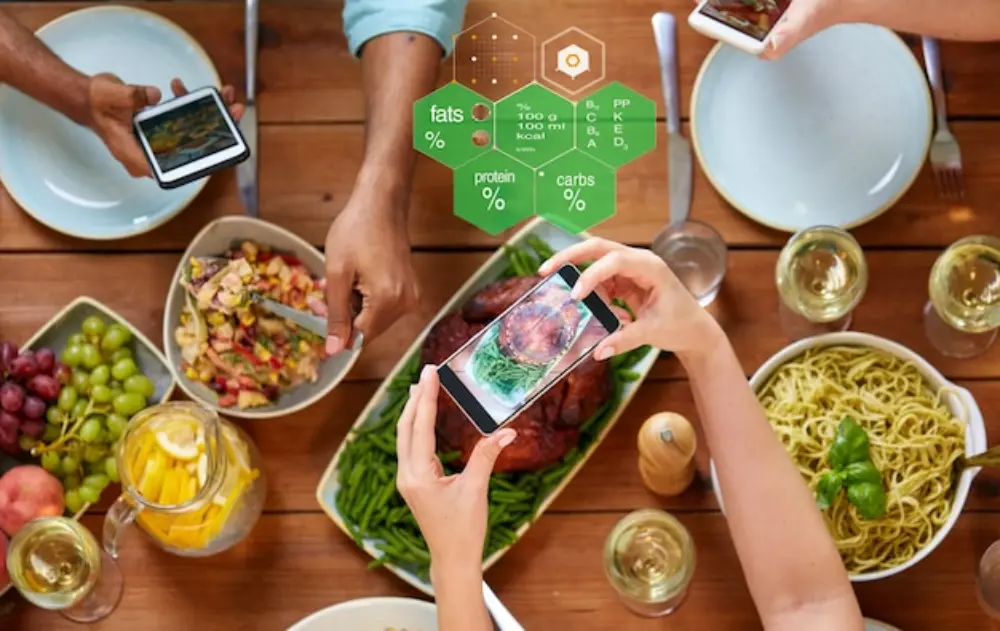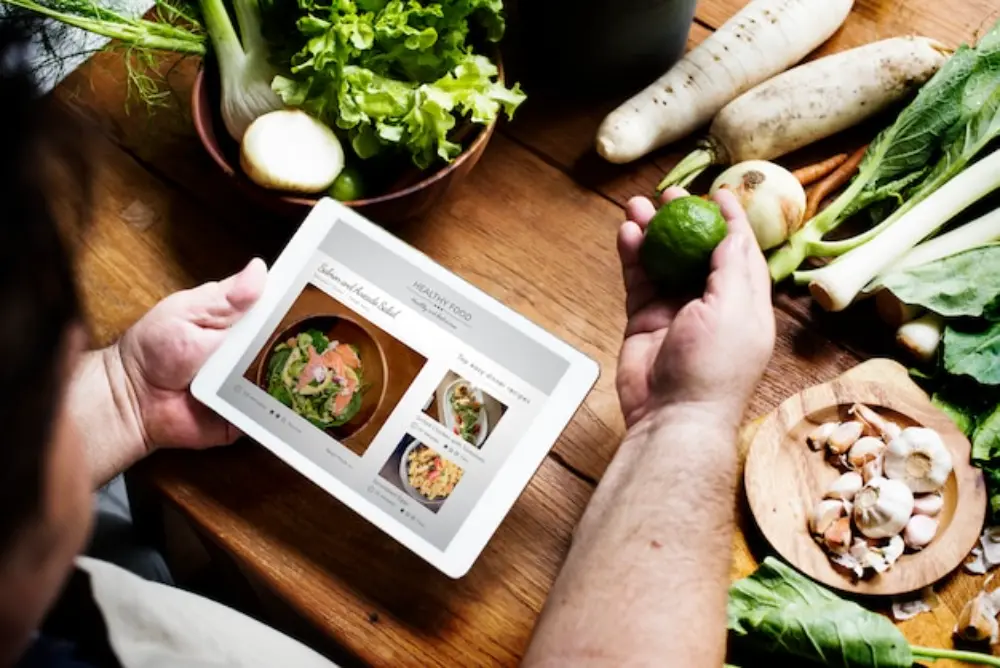Hi, I’m Emily, and if there’s one thing I love, it’s good food. Lately, however, I’ve been thinking a lot more about where my food comes from and how it impacts the planet. If you’re like me, you probably want to make better choices without sacrificing taste or convenience. That’s why I’ve been diving into sustainable food trends—the way we eat is changing for the better, and it’s exciting to be part of it.
Why Sustainable Food Matters
Food production is one of the biggest contributors to climate change, deforestation, and pollution. But the good news is that more people than ever are choosing sustainable options, and companies are responding. The choices we make at the supermarket or farmers’ market can greatly impact the environment, animal welfare, and even our health.
So, what’s changing in the food world? Let’s look at some of the biggest trends shaping the future of food.

1. Plant-Based Eating is Growing Rapidly
You don’t have to be vegan to appreciate the benefits of eating more plants. Plant-based eating is booming, and it’s not just about tofu and salads anymore. From oat milk lattes to plant-based burgers that taste just like beef, food companies are getting creative.
Why it’s trending:
- Reduces greenhouse gas emissions from livestock farming
- Uses fewer natural resources like water and land
- Appeals to health-conscious consumers looking for nutrient-rich options
Even if you’re a meat lover, swapping out a few meals a week for plant-based options can make a difference.
2. Regenerative Agriculture is Taking Root
Sustainable farming is nothing new, but regenerative agriculture is taking it further. This method focuses on improving soil health, increasing biodiversity, and capturing carbon in the ground instead of releasing it into the air.
What makes it different?
- Uses cover crops to prevent soil erosion
- Reduces synthetic fertilisers and pesticides
- Encourages rotational grazing for healthier livestock and land
More farmers are embracing these techniques, and you’ll start seeing more labels in stores highlighting “regeneratively grown” foods.
3. The Rise of Locally Sourced and Seasonal Foods
Ever noticed that strawberries taste better in summer? That’s because they’re in season. More people are buying food grown close to home, which means fresher produce, fewer food miles, and support for local farmers.
How to eat more locally:
- Shop at farmers’ markets
- Join a community-supported agriculture (CSA) program
- Look for “Australian-grown” labels when shopping
By eating with the seasons, you get tastier food and reduce the environmental impact of long-distance transport.
4. Upcycled and Zero-Waste Foods are Gaining Popularity
Food waste is a massive issue, but brands are developing clever ways to repurpose what would normally be thrown away. Upcycled foods use by-products from production to create new products—like chips made from leftover vegetable pulp or beer brewed from surplus bread.
How you can reduce food waste at home:
- Use vegetable scraps to make homemade stock
- Store food properly to extend its shelf life
- Get creative with leftovers instead of tossing them
Less waste means less strain on landfills and a more efficient food system overall.
5. Alternative Proteins are Expanding Beyond Soy
Soy has long been the go-to alternative protein, but now we’re seeing options made from peas, mushrooms, algae, and even insects (yes, really!). These protein sources require fewer resources than traditional meat and dairy.
Emerging alternative proteins to watch:
- Mycoprotein – A protein made from fungi, used in meat substitutes
- Lab-grown meat – Real meat produced without raising animals
- Insect protein – High in nutrients, though still gaining acceptance in Western countries
As technology advances, expect to see more options hitting the shelves.
6. Sustainable Seafood is Becoming a Priority
Overfishing has put an enormous strain on ocean ecosystems, but there are ways to enjoy seafood responsibly. More people choose sustainably sourced fish, shellfish, and seaweed to support healthier oceans.
How to choose sustainable seafood:
- Look for MSC (Marine Stewardship Council) or ASC (Aquaculture Stewardship Council) certifications
- Opt for lesser-known species that aren’t overfished (like sardines or mussels)
- Choose farmed seafood from responsible sources
Sustainable seafood is better for the planet and for ensuring that future generations can continue to enjoy it.
7. Ethical Packaging and Sustainable Supply Chains
It’s not just about what we eat—it’s also about how our food is packaged and transported. More brands are ditching plastic for biodegradable or reusable packaging, and businesses are working to cut emissions across their supply chains.
What you can do:
- Bring reusable bags and containers when shopping
- Support brands that use minimal or compostable packaging
- Reduce single-use plastics by buying in bulk
The less waste we create, the better for the environment.
How to Support Sustainable Food Trends in Everyday Life
Adopting a more sustainable diet doesn’t mean overhauling your entire lifestyle. Small changes can have a big impact over time.
Here’s how to start:
- Eat more plants – Even one plant-based meal a week makes a difference.
- Buy local and seasonal – Fresh, flavourful, and supports Aussie farmers.
- Cut down on food waste – Plan meals, store food properly, and get creative with leftovers.
- Choose responsible seafood – Look for sustainable certifications.
- Support ethical brands – Look for businesses prioritising sustainability.
Final Thoughts on Sustainable Food Trends

How we eat is evolving, and it’s exciting to see how sustainability is becoming a bigger part of the conversation. Whether choosing plant-based options, reducing waste, or supporting local farmers, every choice adds up.
What changes have you made to make your diet more sustainable? I’d love to hear your thoughts—drop a comment below, and let’s chat!

